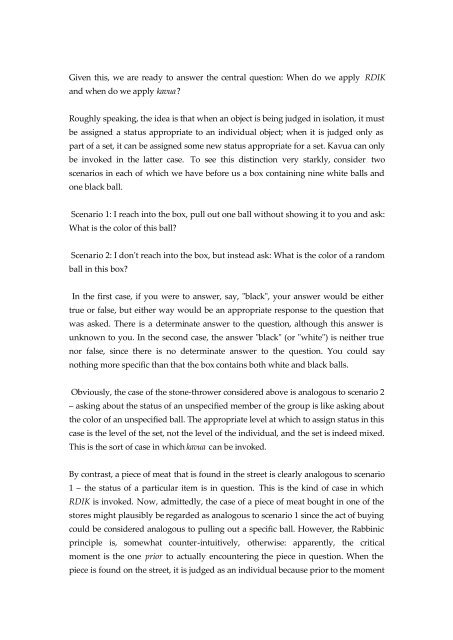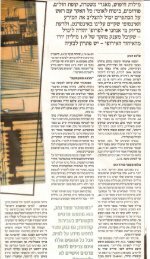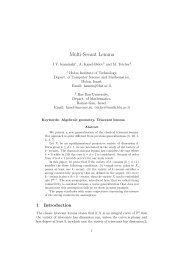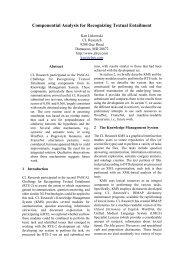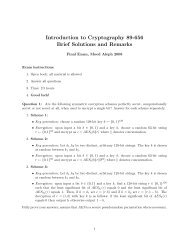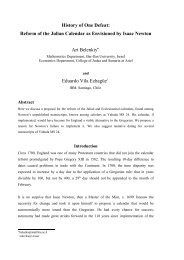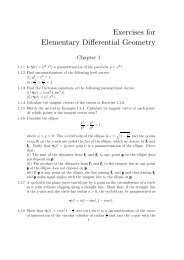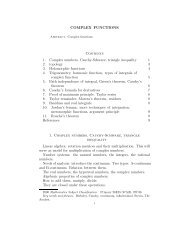Resolving Uncertainty: A Unified Overview of Rabbinic Methods
Resolving Uncertainty: A Unified Overview of Rabbinic Methods
Resolving Uncertainty: A Unified Overview of Rabbinic Methods
Create successful ePaper yourself
Turn your PDF publications into a flip-book with our unique Google optimized e-Paper software.
Given this, we are ready to answer the central question: When do we apply RDIK<br />
and when do we apply kavua?<br />
Roughly speaking, the idea is that when an object is being judged in isolation, it must<br />
be assigned a status appropriate to an individual object; when it is judged only as<br />
part <strong>of</strong> a set, it can be assigned some new status appropriate for a set. Kavua can only<br />
be invoked in the latter case. To see this distinction very starkly, consider two<br />
scenarios in each <strong>of</strong> which we have before us a box containing nine white balls and<br />
one black ball.<br />
Scenario 1: I reach into the box, pull out one ball without showing it to you and ask:<br />
What is the color <strong>of</strong> this ball?<br />
Scenario 2: I don't reach into the box, but instead ask: What is the color <strong>of</strong> a random<br />
ball in this box?<br />
In the first case, if you were to answer, say, "black", your answer would be either<br />
true or false, but either way would be an appropriate response to the question that<br />
was asked. There is a determinate answer to the question, although this answer is<br />
unknown to you. In the second case, the answer "black" (or "white") is neither true<br />
nor false, since there is no determinate answer to the question. You could say<br />
nothing more specific than that the box contains both white and black balls.<br />
Obviously, the case <strong>of</strong> the stone-thrower considered above is analogous to scenario 2<br />
– asking about the status <strong>of</strong> an unspecified member <strong>of</strong> the group is like asking about<br />
the color <strong>of</strong> an unspecified ball. The appropriate level at which to assign status in this<br />
case is the level <strong>of</strong> the set, not the level <strong>of</strong> the individual, and the set is indeed mixed.<br />
This is the sort <strong>of</strong> case in which kavua can be invoked.<br />
By contrast, a piece <strong>of</strong> meat that is found in the street is clearly analogous to scenario<br />
1 – the status <strong>of</strong> a particular item is in question. This is the kind <strong>of</strong> case in which<br />
RDIK is invoked. Now, admittedly, the case <strong>of</strong> a piece <strong>of</strong> meat bought in one <strong>of</strong> the<br />
stores might plausibly be regarded as analogous to scenario 1 since the act <strong>of</strong> buying<br />
could be considered analogous to pulling out a specific ball. However, the <strong>Rabbinic</strong><br />
principle is, somewhat counter-intuitively, otherwise: apparently, the critical<br />
moment is the one prior to actually encountering the piece in question. When the<br />
piece is found on the street, it is judged as an individual because prior to the moment


